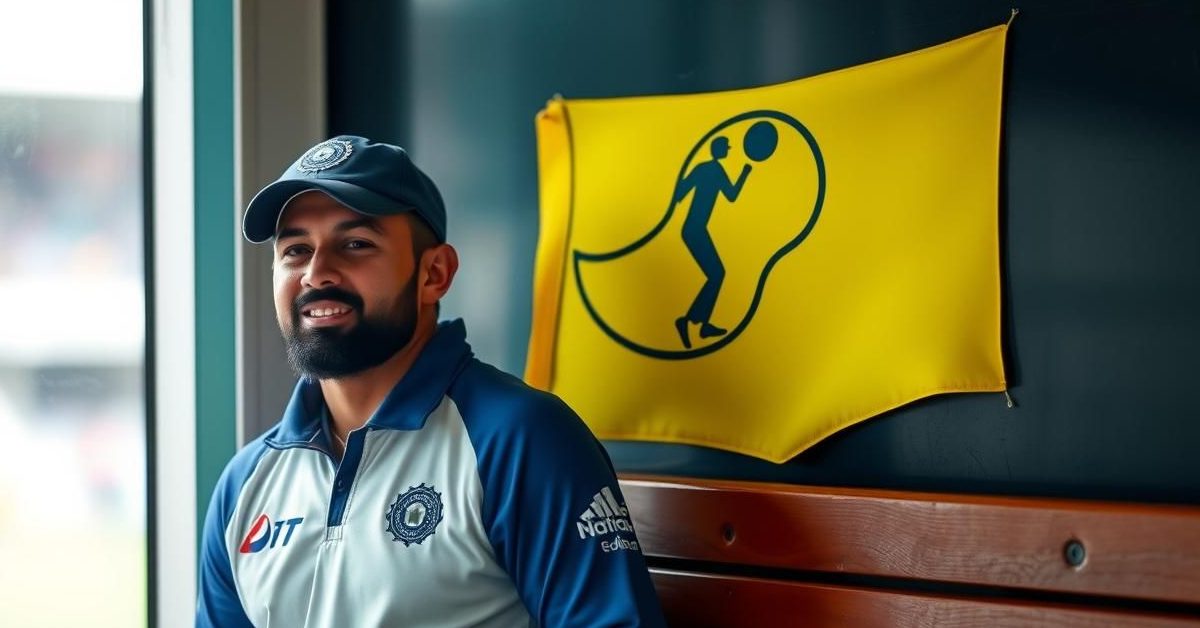Former England captains Mike Atherton and Nasser Hussain believe England weren’t good enough to force a draw against India, even on a flat Edgbaston pitch, which they felt suited India’s bowlers more.
England’s Draw Dilemma
Mike Atherton noted that while there was much philosophical debate about England curbing their ‘Bazball’ approach, the core issue was simpler. England simply weren’t capable of playing for a draw, even on what he described as one of the “flattest pitches” seen in the country in years.
Despite the pitch being true, England’s batting effort was “dispiriting.” They managed to last only 157 overs across both innings, collecting seven ducks, with four of those coming from their top six batsmen.
Atherton also pointed out that England received crucial lifelines. Shubman Gill’s decision to bat a little too long before declaring and rain on the final day, which shaved off ten overs, gave England more time than they perhaps deserved.
A Pitch Tailored for India?
Nasser Hussain offered a contrasting view, suggesting the Edgbaston pitch ultimately played more into India’s hands. He explained that as a Test match progresses, the pitch naturally dries out, and cracks can appear on the surface.
These are conditions that Indian bowlers are well-acquainted with, having grown up bowling on similar surfaces. Hussain observed that even on day five, when the pitch was “pretty dead,” Indian seamers were still able to get the ball to move effectively off the cracks and dryness.
Contrasting Bowling Approaches
Hussain believes this was not the type of pitch England’s bowlers typically prefer. While English pacers often “hit the deck hard,” a lot of pace was taken off the ball on this particular surface, diminishing their impact.
India’s bowlers, such as Akash Deep and Mohammed Siraj, thrived with their “skiddier trajectories.” This style allowed them to extract more from the surface with a lighter “kiss,” making them far more effective in these specific conditions.
The Strategic Bumrah Decision
Hussain also highlighted India’s strategic decision to rest their star fast bowler, Jasprit Bumrah, for the Birmingham Test. He suggested that the Indian dressing room would be feeling “content” with this choice.
Bumrah will now head to London for the next match feeling fresh after a fortnight’s rest. This move appears to have been a successful piece of player management, ensuring their spearhead is ready for the challenges ahead.
- England’s batting collapse on a flat pitch highlighted their inability to play for a draw.
- The Edgbaston pitch’s drying nature and cracks suited India’s bowling attack more.
- Indian bowlers excelled with “skiddier trajectories,” extracting movement where England struggled.
- India’s decision to rest Jasprit Bumrah proved strategically beneficial.
The match analysis underscores how critical adaptability to conditions can be, especially when conditions don’t perfectly align with a team’s preferred style of play.













